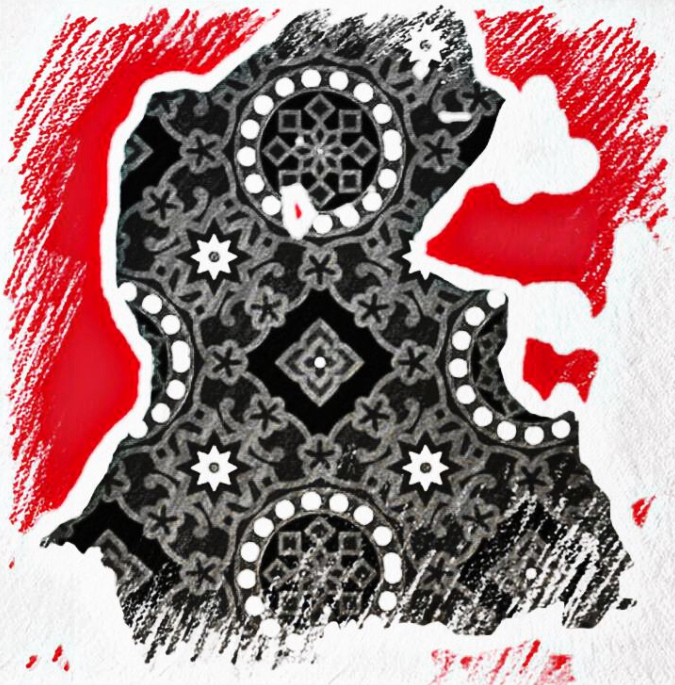
The movement has not been examined for itself but only from the vantage point of its success or failure. The article focuses on how three generations of Muslim men, who shared similar trajectories yet have unique social characteristics and repertoires of contention, constructed, reinforced, and disseminated the Sindhi nationalist discourse.
Julien Levesque
[The study of Sindhi nationalism has remained over-determined by the question of the allegiance of Sindhis to the Pakistani state. The movement has not been examined for itself but only from the vantage point of its success or failure. As a result, it has mainly received attention when sudden outbursts of violence seemed to threaten the stability of the state. However, few have attempted to examine what connects disparate events of ethnic violence and opposition to the central state with a broader understanding of what being Sindhi entails. Rather than address questions of failure or success, this article shows that the construction of a nationalist “idea of Sindh” has been a continuous process throughout the twentieth and twenty-first centuries. It also illustrates how an aspirational middle-class played a central role in this process. The article focuses on how three generations of Muslim men, who shared similar trajectories yet have unique social characteristics and repertoires of contention, constructed, reinforced, and disseminated the Sindhi nationalist discourse. This process translated into institution-building in the cultural sphere and contributed to the political outlook of a large section of Sindhi politicians on the left of the spectrum.]
The “One Unit” Generation (1950s–1960s)
The political elite of the first generation of Sindhi nationalism could not cope with the gradual shrinking of the democratic space after Pakistan’s independence. Some had already broken away from the Muslim League as soon as the mid-1940s. It was notably the case of G.M. Sayed following disputes with the All-India Muslim League’s provincial (i.e., Ghulam Hussain Hidayatullah, Chief Minister and future governor of Sindh) and central (i.e., Muhammad Ali Jinnah) leadership. These disagreements led to his expulsion from the party, after which he established the Progressive League. G.M. Sayed was, at the time, close to left-leaning figures of Sindh like Hyder Bakhsh Jatoi and Muhammad Ibrahim Joyo. Jatoi resigned from his official position in 1945 to take the leadership of a peasant movement, the Sind Hari Committee. Muhammad Ibrahim Joyo was fired from the Sindh Madrassatul Islam in 1946 because of the publication of his book Save Sindh, Save the Continent: From Feudal Lords, Capitalists and Their Communalisms. G.M. Sayed was also in touch with other “regional” leaders (i.e., the Pashtun leader Abdul Ghaffar Khan and Prince Abdul Karim, brother of the Khan of Kalat of Baluchistan). He attempted to build with them loyal opposition parties that would work for a pluralist Pakistan. In May 1948, at G.M. Sayed’s house in Karachi, Pakistan’s first opposition party was founded, the People’s Organization of Pakistan, the forebear of the National Awami Party (established in Dhaka in 1957). The intellectual environment of oppositional politics in Sindh’s late 1940s and early 1950s brought together communists and those who would later be called nationalists: for instance, G.M. Sayed, who by 1953 was leading the opposition group in the Sindh Assembly, was also heading the Pakistan-Soviet Cultural Association. This ideological outlook would remain the backbone of political mobilization in Sindh in the following decades.
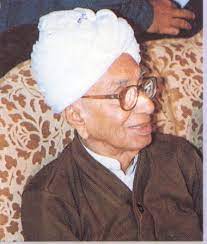
Sindhi politicians not engaging in oppositional politics also entertained a strained relationship with the central Pakistani leadership. This tension generated grievances that Sindhi nationalists still harbor against the Pakistani state. With the formation of Pakistan, Sindhi Muslims hoped to oversee the administration of their province. However, the central government forced the province to host large inflows of refugees, despite Chief Minister M.A. Khuhro’s resistance. Thus, Sindhi Muslim politicians did not enjoy the political autonomy they had supported the Pakistan movement for. Moreover, although Sindh had not witnessed extensive communal violence in the years leading up to partition, deadly riots in Karachi in January 1948 motivated many Sikhs and Hindus to leave for India. The riots sparked the rumor that they were engineered events aimed to make room for the incoming Muhajirs. The new capital Karachi and a large surrounding territory were administratively cut off from the province and made into a federal territory, occasioning a significant revenue loss for the provincial government, and causing the relocation of the newly established University of Sindh to Hyderabad. The central leadership also insisted that only Urdu be Pakistan’s national language, a measure vehemently opposed by Sindhi (and Bengali) students. These grievances fed a new generation of Sindhi nationalism. The first generation was pushed to the margin when the One Unit constitutional set-up ended provincial electoral politics. Sindh became a part of the new province of West Pakistan, which stood equal to East Pakistan. Ayub Khan’s military coup in 1958 brought a final closure to possibilities for elected representatives in the West Pakistan assembly to restore Sindh’s status by abolishing One Unit.
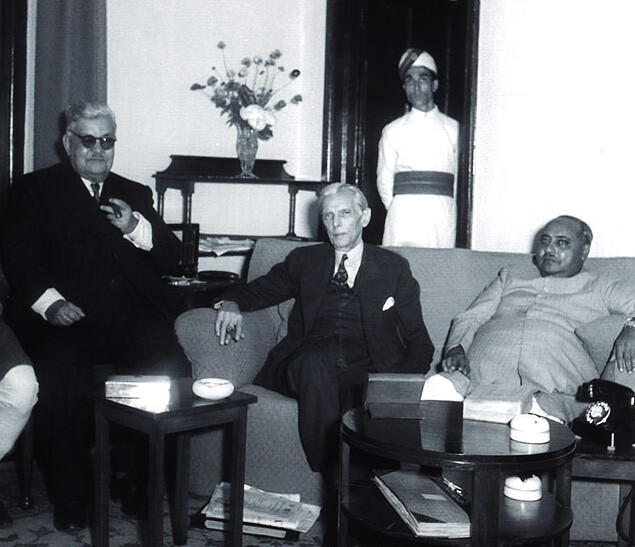
While the first generation belonged to a new elite, the second generation was a rising and aspirational middle class, somewhat similar to what sociologist Hamza Alavi termed the “salariat.” The social mobility of this group rested on measures adopted by their elders. In the 1940s, the Sindh government initiated educational measures which widened access to primary schooling (e.g., the Sind Primary Education Act of 1947) and established the province’s first university in 1947. These measures not only increased the number of educated graduates in Sindh. It also made it possible for Sindhis to pursue higher education within the province, whereas the previous generation was compelled to study in other parts of the subcontinent. The number of higher education institutions increased in Sindh in the following decades. By 1974, there were 68 colleges affiliated to the University of Sindh, to the University of Karachi founded in 1951, and a new university – the Shah Abdul Latif University in Khairpur – would be established in the late 1970s. Accordingly, enrolment numbers at the University of Sindh rose from 644 in 1947 to 3207 in 1974–75 (with only 320 female students), while the University of Karachi had 7613 students (including 2930 women) the same year. The development of education in Sindh particularly benefited the sons of small land-owning farmers and schoolteachers, who were often the first in their families to gain access to higher education. They aspired to non-manual urban jobs and often afforded their newly acquired urban lifestyle thanks to agricultural rent. The role played by the Sindh Madrassatul Islam for the previous generation was now played by the University of Sindh. Indeed, those who resisted centralizing policies of the state by invoking the idea of Sindh often belonged to the social group that benefitted from the expansion of education and experienced their political socialization on the campuses of Sindh.
As Sindhi political elites saw their margin of action against centralizing policies shrink, mobilization then came from writers. In the early 1950s, the provincial government’s cultural policy established the Sindhi Adabi Board (Sindhi Literary Board), a public institution promoting research and literature in Sindhi. The SAB, headed by Muhammad Ibrahim Joyo, followed an ambitious program, and supported writers and poets, notably through its quarterly journal Mehran. With the establishment of One Unit in 1955, the SAB lost its patron and suffered a severe setback in funding. The following year, a group of left-leaning writers inspired by the Progressive Writers’ Movement established the Sindhi Adabi Sangat (Sindhi Literary Organization) to promote Sindhi literature. They launched a petition campaign for the defense of the Sindhi language and against its replacement by Urdu. From 1960, the monthly Ruh Rehan became famous for publishing the nationalist poetry of Shaikh Ayaz, which denounced the marginalization of Sindh in the new political set-up and directly condemned Ayub Khan’s military dictatorship. Therefore, the implementation of One Unit, followed by the imposition of martial law, pushed a large part of the Sindhi political elite out of the public arena and halted provincial cultural policies, prompting writers to set up private associations.
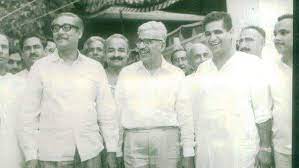
The nationalist literary production of the time fueled the protests by Sindhi students, who were particularly concerned about their career opportunities now that Sindhi was no more the administrative language in the (former) province. In the 1960s, Jamshoro, a town across the river Indus from Hyderabad and the new location of the University of Sindh, became the main center for higher education and the hotbed of political contestation. Left organizations dominated student politics across Pakistan, primarily led by Urdu-speaking men in Karachi and Hyderabad. However, as the Sindhi-Muhajir split grew politically salient in the late 1960s, Sindhi students gradually asserted themselves and eventually broke away to establish new organizations. The police violence against protesting students on March 4, 1967, became a landmark event whose resonance as a symbol of the entrance of Sindhi students in large-scale collective mobilization rings to this day. Another landmark mobilization led by students advocated for voter lists in Sindhi rather than Urdu ahead of the 1970 elections. During this period, Sindhi student figures and leaders emerged, some of whom, like Jam Saqi, Rasul Bakhsh Palijo, or Akhtar Baloch, would remain active players in Sindhi left and nationalist politics for decades.
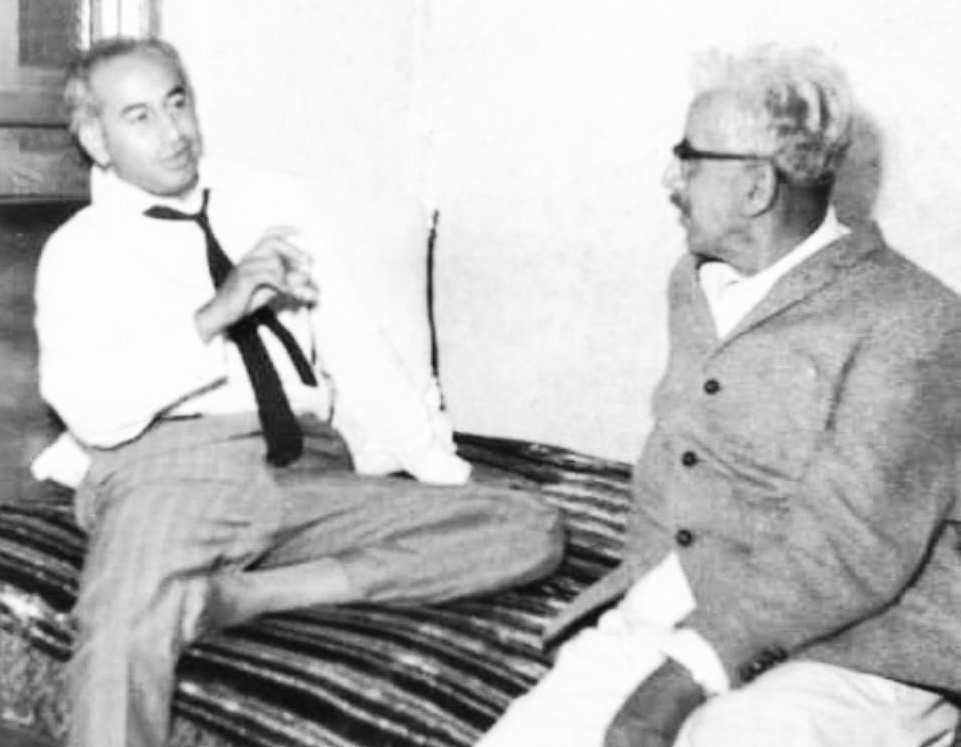
The contribution of the “second generation” to Sindhi nationalism is manifold. In terms of political rhetoric, the nationalist idea expressed in the 1930s now combined with left ideology, at a time when the Urdu and Sindhi translation of Stalin’s booklet on nations and nationalities was making the rounds of student hostels and campuses under the title Qaum aur Qaumiyyat. The second generation also massively enriched the Sindhi nationalist imaginary: poetry, prose, research articles, but also films and visual culture, all seem to attempt in one way or another to define the characteristics and origins of Sindh and Sindhis. Cultural institutions such as the Sindhi Adabi Board and later the Institute of Sindhology contributed to fixing a normative conception of Sindhi culture. Identity markers came out of this process. These markers not only defined Sindh and Sindhiness as the land of Sufis and Shah Abdul Latif, of the ajrak and the topi, and of Mohenjo-Daro’s 5000-year-old civilization. They also made a political statement against a centralized conception of Pakistan and its population (e.g., slogans used in demonstrations [“Jiye Sindh”]).
The second generation also brought in a new repertoire of contention. While this generation’s predecessors abided by the rules of electoral politics, Sindhi writers and students in the 1950s and 1960s did not seek to gain power within state institutions but instead organized against them. Students took to the streets and faced police violence. Writers struggled to issue their periodicals and faced censorship, arrests, and imprisonment. The Sindhi nationalist discourse now combined a well-defined tale of grievance with a historical and cultural narrative. Finally, the second generation was the one that restructured the partisan system of Sindh in the late 1960s, particularly after the dissolution of the One Unit in 1969 and the following reinstatement of electoral democracy. Between 1967 and 1973 emerged three distinct political alignments about Sindh’s place in the state of Pakistan: the “gradualist” Pakistan People’s Party, led by Zulfiqar Ali Bhutto; the “autonomist” group that notably included Rasul Bakhsh Palijo’s Awami Tehreek; and the “separatists” of Jiye Sindh Mahaz, led by G.M. Sayed. (Continues)
___________________
Julien Levesque holds a Ph.D. (2016) in Political Science from Ecole des Hautes Etudes en Sciences Sociales (EHESS), Paris. His doctoral research focused on nationalism and identity construction in Sindh after Pakistan’s independence.
Courtesy: Brill
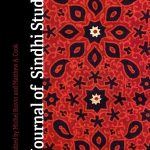 (Originally published by Journal of Sindhi Studies – Edited by: Matthew A. Cook (USA) and Michel Boivin (Paris). The primary focus of the Journal of Sindhi Studies (JOSS) is the Sindh region, located in southern Pakistan. However, Sindhis live in other parts of Pakistan as well as in India and across the globe. The journal accepts submissions that address the people of Sindh, regardless of their current geographic location. JOSS aims to shed interdisciplinary light on the “Sindhi World.”)
(Originally published by Journal of Sindhi Studies – Edited by: Matthew A. Cook (USA) and Michel Boivin (Paris). The primary focus of the Journal of Sindhi Studies (JOSS) is the Sindh region, located in southern Pakistan. However, Sindhis live in other parts of Pakistan as well as in India and across the globe. The journal accepts submissions that address the people of Sindh, regardless of their current geographic location. JOSS aims to shed interdisciplinary light on the “Sindhi World.”)
Click here for Part-I, Part-II, Part-III